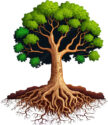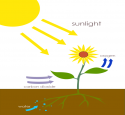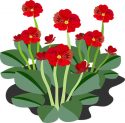 Leaves are the powerhouses of plants that generate energy. These are green-colored parts of a plant having many veins. Mix and straight veins help it carry nutrients. Functions like food storage and releasing water under humidity help flourish in all seasons.
Leaves are the powerhouses of plants that generate energy. These are green-colored parts of a plant having many veins. Mix and straight veins help it carry nutrients. Functions like food storage and releasing water under humidity help flourish in all seasons.
What is a Leaf?
A leaf is the main part of vascular plants that are responsible for making food. Vascular plants contain cells or vessels to carry the fluid. Leaves get their green color due to the presence of chlorophylls that helps in making food. Leaves carry out many important functions like making food with the help of sunlight and handling the exchange process of carbon dioxide and oxygen.
Some leaves are deciduous while others are evergreen. The deciduous Trees shed leaves during season change due to water loss. Whereas, evergreen leaves live through all the seasons.
Parts of a Leaf and Their Functions
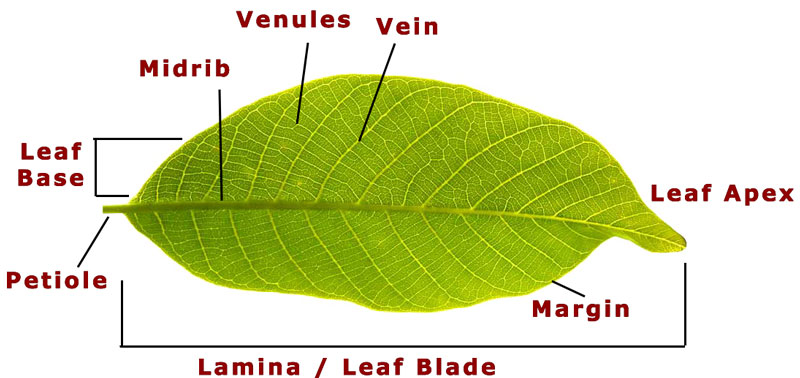 A leaf is composed of various parts that help them in performing various tasks and functions. The parts of a leaf can be categorized into two types.
A leaf is composed of various parts that help them in performing various tasks and functions. The parts of a leaf can be categorized into two types.
Internal Parts:
- Stomata
- Guard Cells
- Epidermal Cells
- Mesophyll Cells
- Vascular Bundles
External Parts:
- Leaf Base
- Petiola
- Lamina
Internal Parts
1. Stomata
A stoma is an entrance of a leaf that controls in and outflow of light, water, and gases for the process of Photosynthesis (the process of keeping leaves green by supplying them with required food.
2. Guard Cells
Guard cells control the process of transpiration in which water passage takes place from Roots through the vascular system. They are present around the stomata.
3. Epidermal Cells
Epidermal cells are present in leaves on the upper and lower side. They control the waste of water by closely sticking to each other to maintain water in a leaf. Epidermal cells are also known as the Skin of a leaf.
4. Mesophyll Cells
Mesophyll cells are present under the epidermal cells. They contain chloroplast and control the process of photosynthesis. It also helps plants bend when the wind blows because of space among cells that allow carbon dioxide to move.
5. Vascular Bundles (Xylem, Phloem, Veins)
Xylem is responsible for supplying water and nutrients to leaves from roots to stems. It carries nutrients that contain Minerals like salt.
Phloem’s function is to carry nutrients like sugar from root to stem. Xylem and phloem do the same function but carry different nutrients.
External Parts
1. Leaf Base
A leaf base is a flat area that attaches to the stem of a plant. It is the most lower part of the leaf and acts as a support to all parts of a leaf.
2. Petiola
It is the stalk that connects the leaf with the stem and turns it to face the sun for sunlight. Leaves without petiole are called sessile leaves.
3. Lamina
Lamina is the uppermost part of a leaf that contains veins and chloroplast. The main functions of a leaf such as photosynthesis and transpiration start from the lamina through its internal parts.
Venation of a Leaf
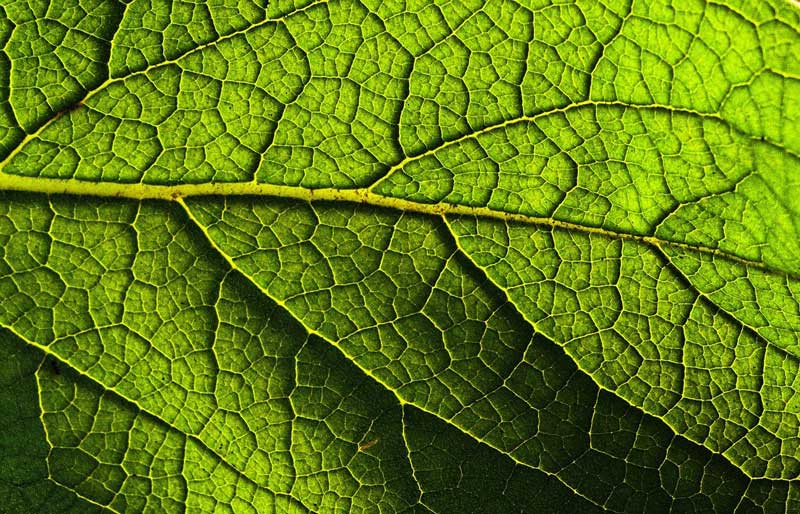 It is the arrangement of veins on a leaf blade that function as a food and water carrier. There are mainly two types of venation; Reticulate Venation and Parallel Venation.
It is the arrangement of veins on a leaf blade that function as a food and water carrier. There are mainly two types of venation; Reticulate Venation and Parallel Venation.
Reticulate Venation
In this type of venation, the veins of the leaf are in web-like arrangement or they do not run straight, rather they interconnect with other veins.
Parallel Venation
In this type of venation, the veins of the leaf area are in a straight pattern and do not cross each other, rather they run parallel.
Types of a Leaves
There are two main types of leaves which are simple leaves and compound leaves.
Simple Leaves
 Simple leaves are those which directly attach with petiole and are not further subdivided into smaller leaves or leaflets. Examples of simple leaves are Maple, Pear, Mango, Guava, etc.
Simple leaves are those which directly attach with petiole and are not further subdivided into smaller leaves or leaflets. Examples of simple leaves are Maple, Pear, Mango, Guava, etc.
Compound Leaves
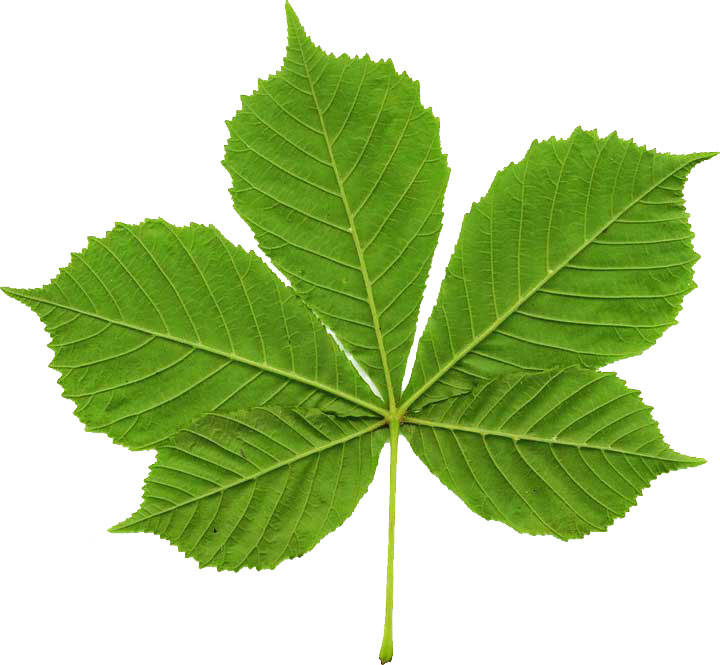 Compound leaves are those which are further subdivided into small leaves or leaflets. It spreads its leaflets through a stalk. An example of a compound leaf is the chestnut leaf that spreads 5 to 7 small leaves.
Compound leaves are those which are further subdivided into small leaves or leaflets. It spreads its leaflets through a stalk. An example of a compound leaf is the chestnut leaf that spreads 5 to 7 small leaves.
Functions of a Leaf
The main function of the leaf is to fetch food from the root for the plant and carry out photosynthesis for its growth. Following are the few functions:
Transpiration
It is the function of the leaf through which it carries water and other nutrients from roots through the stomata of the plant. Through this process, a leaf maintains water and controls evaporation.
Guttation
It is the function of the leaf through which it discharges water from its edges or tips. This function takes place at night generally in vascular plants due to moisture and closed stomata of the leaf.
Storage of Food
The food storage function of leaves often takes place in Cabbage, Lettuce, Spinach, and various other vegetable plants. A leaf stores starch as its food. The function of food storage is carried out by vascular bundles.
Exchange of Gases
The exchange of gases is the function mainly done by stomata in the leaf through its small openings. Then mesophyll cells, which lie under epidermal cells, allow the diffusion of gases in and out of a leaf.

